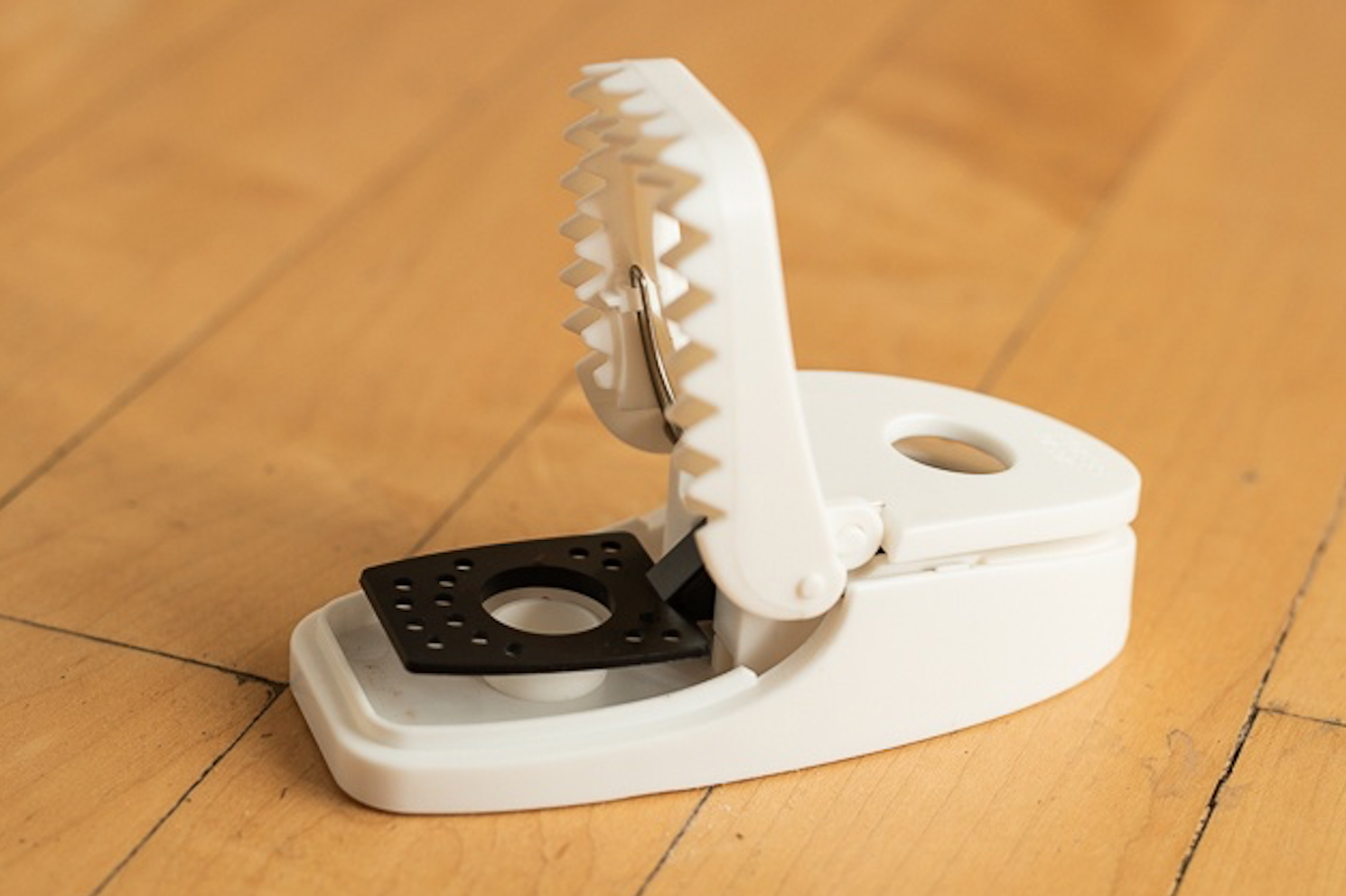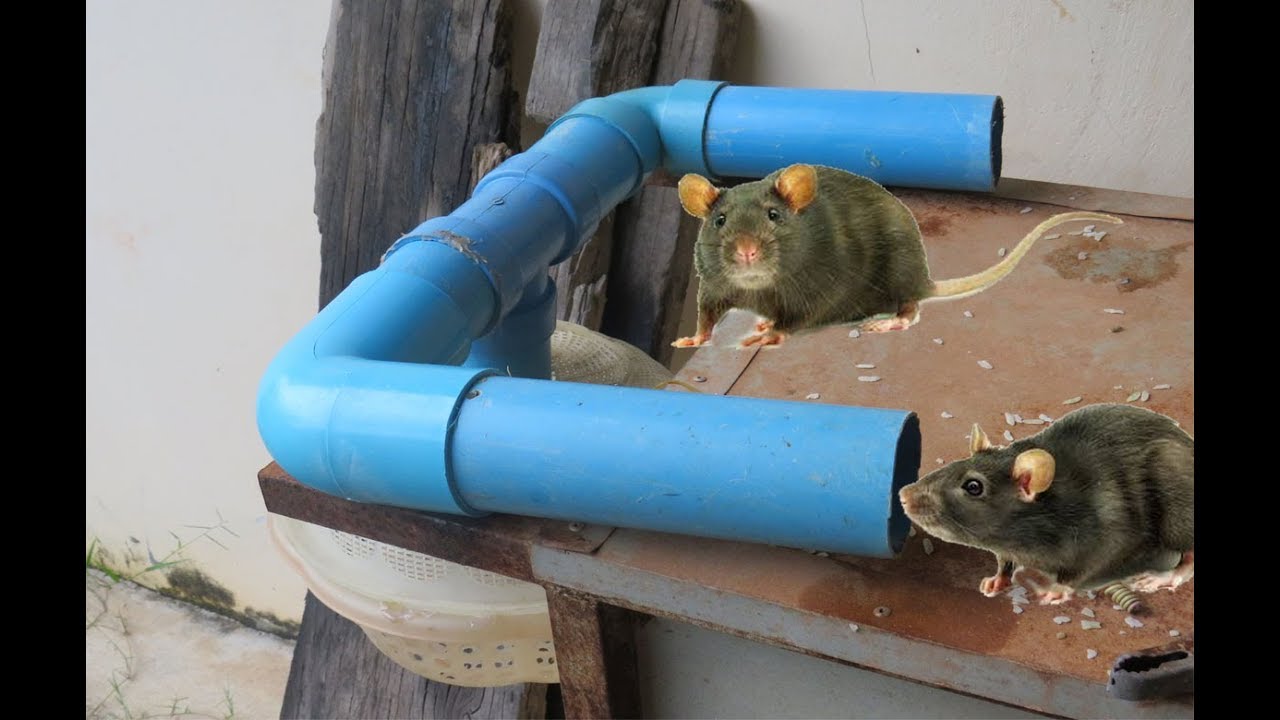
To ensure a live capture, these traps need to be regularly checked as captured mice can die from stress or starvation. These traps have the advantage of allowing the mouse to be released into the wild, or the disadvantage of having to personally kill the captured animal if release is not desired. Wood mouse is captured with cage snap caseĪn early patented mousetrap is a live capture device patented in 1870 by W K Bachman of South Carolina. They can be designed for single-catch domestic use or large multiple-catch commercial use. The electrodes are housed in an insulated or plastic box to prevent accidental injury to humans and pets.

Compounding these different but related patents and companies may have contributed to the widespread mis-attribution of priority to Mast rather than Hooker.Īn electric mousetrap delivers a lethal dose of electricity when the rodent completes the circuit by contacting two electrodes located either at the entrance or between the entrance and the bait. The new and bigger company in Lititz retained the name Animal Trap Company. After William Hooker had sold his interest in the Animal Trap Company of Abingdon, Illinois, and founded the new Abingdon Trap Company in 1899, the Animal Trap Company moved to Lititz, Pennsylvania, and fused with the J.M. patent for a modification of Hooker's design that can be "readily set or adjusted with absolute safety to the person attending thereto, avoiding the liability of having his fingers caught or injured by the striker when it is prematurely or accidentally freed or released." He obtained the patent on 17 November 1903. In 1899, John Mast of Lititz, Pennsylvania, filed a U.S.

The exact latching mechanism holding the trip varies, and some need to be set right at the edge in order to be sensitive enough to catch the mouse. The larger trip has two notable differences over the smaller traditional type: increased leverage, which requires less force from the rodent to trip it and the larger surface area of the trip increases the probability that the rodent will set off the trap. Some spring mousetraps have a plastic extended trip. In the case of rats, which are much larger than mice, a much larger version of the same type of trap is used to kill them. The trap can be held over a bin and the dead mouse released into it by pulling the bar. The design is such that the mouse's neck or spinal cord will be broken, or its ribs or skull crushed, by the force of the bar. The spring-loaded bar swings down rapidly and with great force when anything, usually a mouse, touches the trip. Cheese may be placed on the trip as bait, but other food such as oats, chocolate, bread, meat, butter and peanut butter are also used. It is a simple device with a heavily spring-loaded bar and a trip to release it. The similarity of the latter design with Hooker's of 1894 may have contributed to a common mistake of giving priority to Atkinson. In 1899, Atkinson patented a modification of his earlier design that transformed it from a trap that goes off by a step on the treadle into one that goes off by a pull on the bait. They are safer for the fingers of the person setting them than other lethal traps, and can be set with the press on a tab by a single finger or even by foot. These traps do not have a powerful snap like other types. Lightweight traps of this style are now constructed from plastic. The trip snaps the jaws shut, killing the rodent. The jaws are operated by a coiled spring, and the triggering mechanism is between the jaws, where the bait is held. It is the industrial-age development of the deadfall trap, but relying on the force of a wound spring rather than gravity.

From the patent description, it is clear that this is not the first mousetrap of this type, but the patent is for this simplified, easy-to-manufacture design. It was patented on 4 November 1879 by James M. The trap that is credited as the first patented lethal mousetrap was a set of spring-loaded, cast-iron jaws dubbed "Royal No. Mousetrap made of plastic with house mouse


 0 kommentar(er)
0 kommentar(er)
